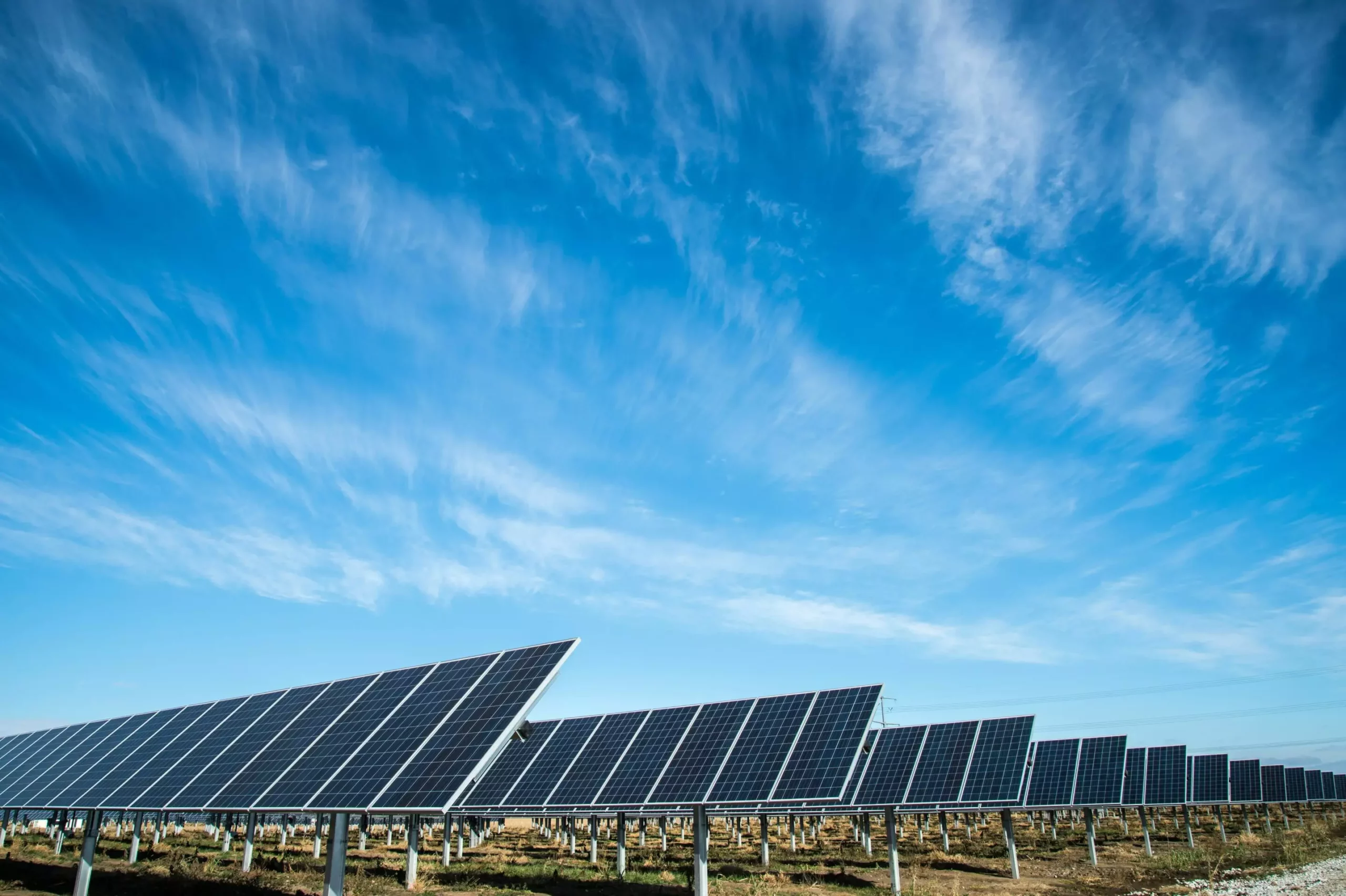Africa, despite contributing only about 4% of the world’s greenhouse gas emissions, faces unique challenges when it comes to sustainable development and climate change mitigation. With a population growth rate and urbanization rates that outpace the global average, the continent stands at a crossroads in terms of how its growth trajectory will impact efforts to reduce global warming. In this analysis, we will delve into the potential scenarios for Africa’s carbon emissions in the coming decades and the role that international institutions and external actors play in shaping these outcomes.
The key factors that influence Africa’s carbon emissions include population growth, economic growth, energy intensity, and carbon intensity. The Kaya identity, a mathematical tool used in our research, provides a framework for understanding how changes in these factors can impact carbon dioxide emissions. By examining historical data and projecting future trends, we identified four potential scenarios for Africa’s carbon emissions in 2030, 2040, and 2050.
Our research yielded four scenarios that outline different paths for Africa’s carbon emissions. In a low-growth scenario, where economic growth is slow and energy use is limited, Africa could reduce its emissions significantly. On the other hand, a high-growth scenario, driven by the exploitation of fossil fuel resources without efforts to curb emissions, could lead to a substantial increase in carbon emissions. The mid-growth scenario maintains the average growth rates of the past 30 years, while the green growth scenario focuses on sustainable economic growth without increasing fossil fuel use.
Despite the potential for rapid economic growth in Africa, our findings suggest that explosive growth in greenhouse gas emissions is unlikely. Under low- and green-growth scenarios, Africa’s emissions would represent only a small percentage of the global carbon savings. However, a high-growth scenario could have a more significant impact on global efforts to mitigate climate change, especially if climate-conscious development is not prioritized.
African countries are highly dependent on international partners for their transition to renewable energy and climate change mitigation. National action plans and mitigation efforts in countries like South Africa, Mozambique, Rwanda, and Kenya are often developed in response to donor requirements. External actors, including multinational corporations from Europe, the United States, and China, play a crucial role in shaping Africa’s energy landscape and influencing the adoption of renewable energy technologies.
To achieve a green-growth scenario, African nations must prioritize climate action and sustainable development in their economic plans. Aligning climate finance with developmental goals, empowering local communities, and investing in renewable energy infrastructure are crucial steps towards a more sustainable and equitable future for Africa. By committing to climate-conscious development and securing financial and technical support from international partners, African countries can pave the way for a cleaner and greener continent.
The impact of Africa’s growth on global carbon targets hinges on the choices made by policymakers, international institutions, and external actors. By prioritizing sustainable development, investing in renewable energy, and empowering local communities, Africa can become a clean and equitable leader in the fight against climate change. The time to act is now, and the opportunity for a green revolution in Africa is within reach.


Leave a Reply